May 18, 2025 | 11:47 GMT +7
May 18, 2025 | 11:47 GMT +7
Hotline: 0913.378.918
May 18, 2025 | 11:47 GMT +7
Hotline: 0913.378.918
Nature-based carbon removal startup Chestnut Carbon has raised $160 million in Series B financing, the company told TechCrunch. The startup buys marginal and degraded farmland, plants them with native trees, and harvests the resulting carbon credits.
Carbon credits have become a hot commodity, especially among tech companies looking to offset skyrocketing emissions caused in part by the breakneck expansion of data centers serving cloud and AI customers.
The new round included investment from Canada Pension Plan Investment Board, Cloverlay, and DBL Partners along with unnamed university endowments, family offices, funds of funds, and other institutional investors.
For Chestnut Carbon, the $160 million is actually a somewhat modest sum. When the company was founded, private equity firm Kimmeridge capitalized it by pledging up to $200 million. The firm typically invests in oil and gas companies, but managing partner Ben Dell saw an opportunity to stake a claim in the growing carbon credit market.
To make it happen, he acquired Forest Carbon Works, a startup founded by Kyle Holland that helped families manage their forests to sell carbon credits. Holland continued with Chestnut, where he’s currently chief product officer.
With Chestnut, the team expanded their focus to include projects developed by the company, not just managing existing forests.
Chestnut currently owns more than 35,000 acres of marginal and degraded farmland and pasture in the southeastern United States. Part of the goal of the fundraise is to grow Chestnut’s holdings significantly. The startup is hoping to expand its carbon credit capacity to 100 million metric tons by 2030, which will require hundreds of thousands of acres to be transformed back into forests.
Last month, Chestnut made a down payment on that target with the sale of 7 million carbon credits to Microsoft. (One carbon credit is worth one metric ton of carbon.) The 25-year deal will help Chestnut rehabilitate 60,000 acres in Arkansas, Louisiana and Texas. Chestnut uses Gold Standard to certify its carbon credits for 100 years.
The new funding round should help the startup dramatically expand its operations. While there’s plenty of demand for high-quality carbon credits today, Chestnut’s goal of 100 million metric tons represents a fraction of a percent of annual carbon emissions, which hit 37.4 billion metric tons in 2023, according to the IEA.
Still, if Chestnut can secure its foothold in the carbon credit market, afforestation and reforestation hold great potential to rein in the effects of climate warming pollution.
A study in 2019 found that the world can support 2.2 billion acres more forest than it has today. Once those forests matured, they would hold 205 billion metric tons of carbon, or about a quarter of the carbon currently in the atmosphere.
TechCrunch
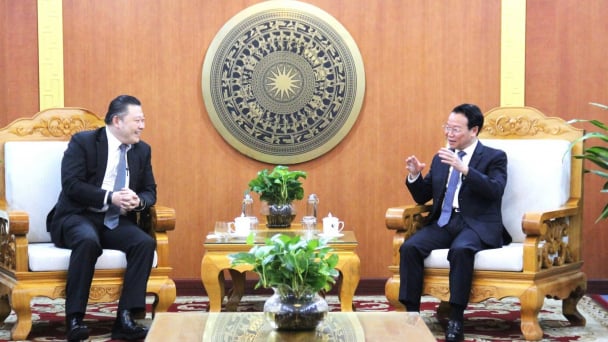
(VAN) Minister of Agriculture and Environment Do Duc Duy held a meeting with Soopakij Chearavanont, Chairman of C.P. Group, on May 15.
/2025/05/16/3800-0-nongnghiep-143756.jpg)
(VAN) Suntory PepsiCo Vietnam coordinated with the Ministry of Education and Training to implement an education program on water conservation, reaching nearly 1 million primary school students nationwide.
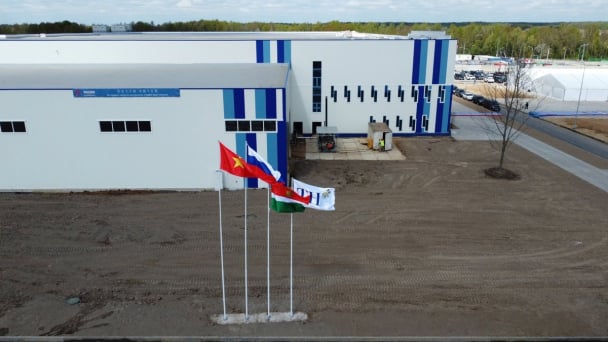
(VAN) Vietnam’s TH Group officially put its high-tech fresh milk processing plant into operation in the Russian Federation, marking a historic moment as the first TH true MILK cartons were produced in Russia.
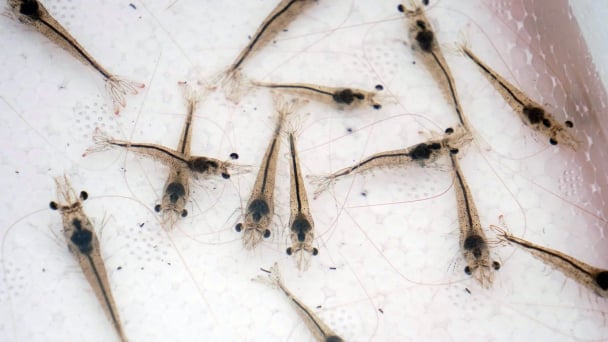
(VAN) Use of high-quality broodstock and biotechnology is regarded as the most effective approach to ensuring sustainable and economically viable shrimp aquaculture ahead of climate change and the emergence of increasingly intricate disease patterns.
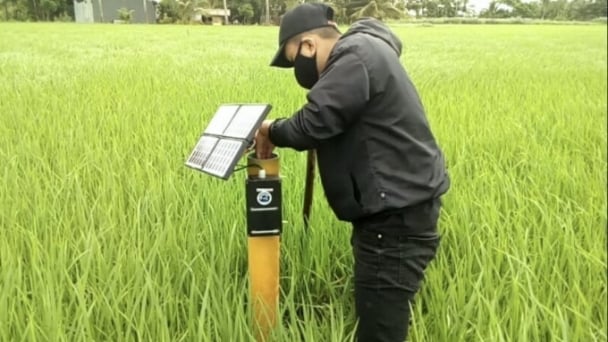
(VAN) Carbon farming is a form of agricultural practices that helps absorb more greenhouse gases than it emits, through smart management of soil, crops, and livestock.
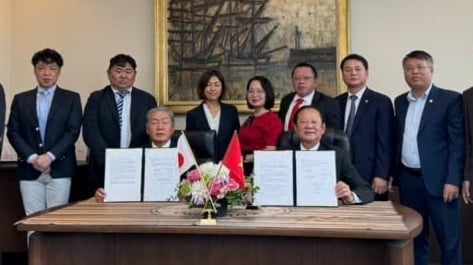
(VAN) This is a key content of the Memorandum of Understanding recently signed between the Vietnam Fisheries Society and Kunihiro Inc of Japan.
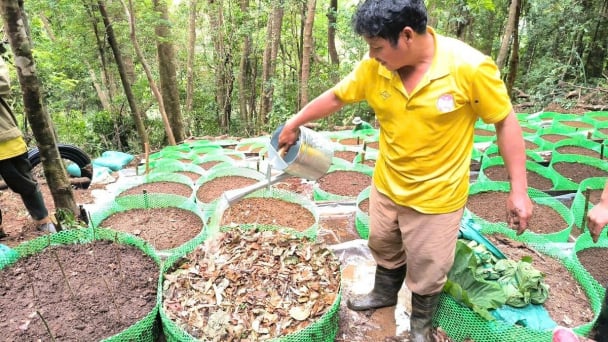
(VAN) To achieve the goal, local authorities and businesses in Kon Tum province have fully prepared the necessary conditions for the new Ngoc Linh ginseng planting season.